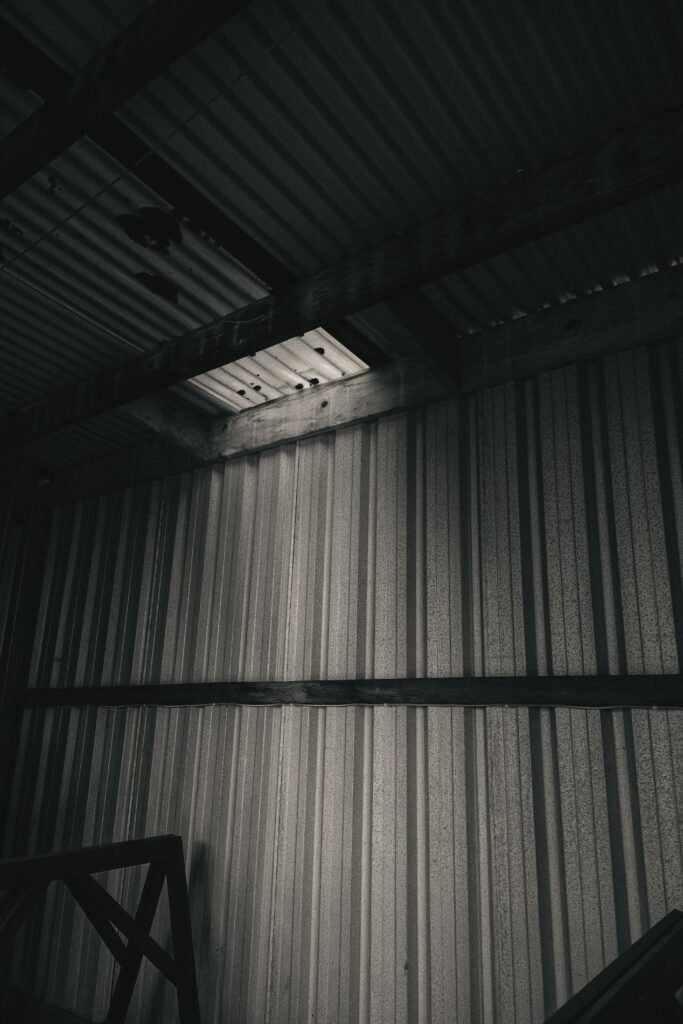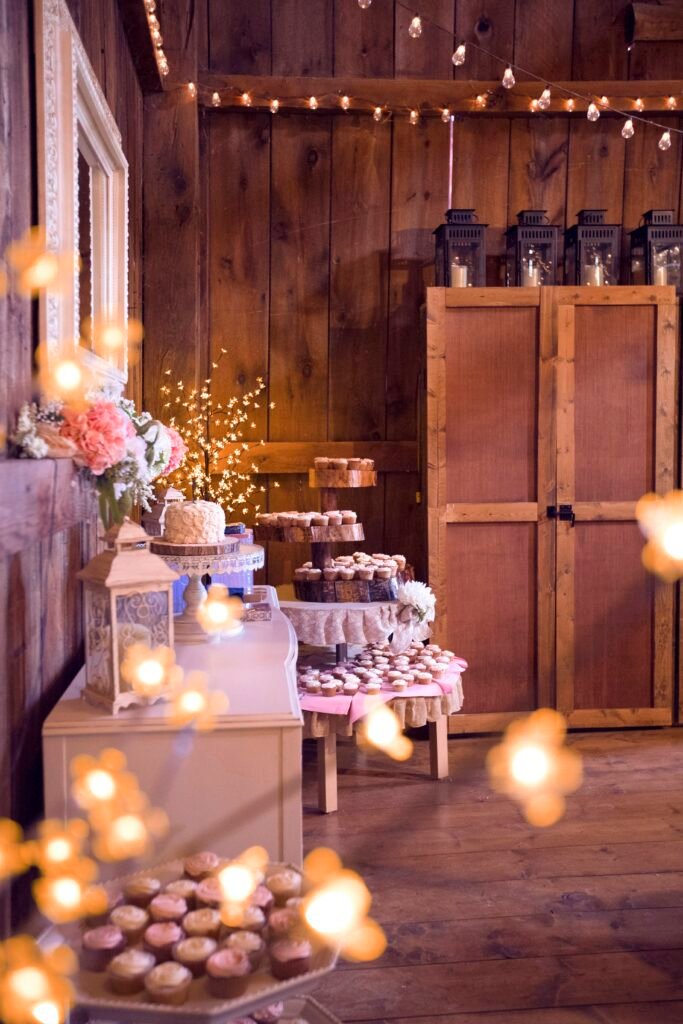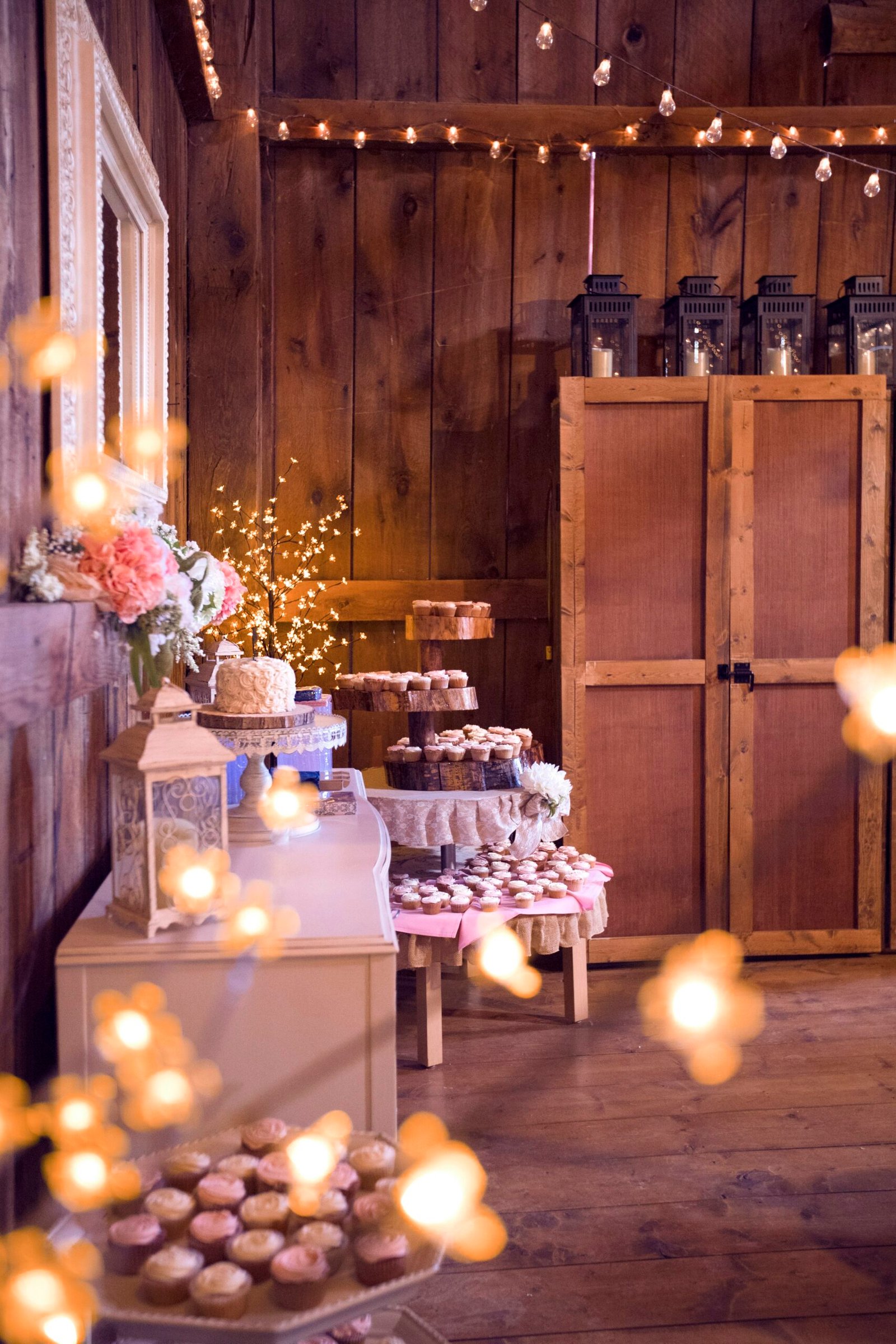Welcome to an article all about finding the best lighting options for your barn! In this guide, you will discover a variety of energy-efficient solutions to illuminate your barn space while saving on electricity costs. From LED lights to motion sensors, you will learn how to create a well-lit environment for your livestock and equipment without breaking the bank. Say goodbye to dimly lit barns and hello to a brighter, more efficient lighting setup! Have you been looking for energy-efficient lighting options for your barn? Making the switch to more efficient lighting not only saves you money in the long run but also reduces your carbon footprint. In this article, we will explore some of the best lighting options for barns that will help you maximize energy savings while providing adequate illumination for your work and livestock. Let’s dive in and shed some light on energy-efficient barn lighting solutions.
Types of Energy-Efficient Lighting
When it comes to lighting your barn, there are several energy-efficient options to consider. LED lighting, fluorescent lighting, and high-intensity discharge (HID) lighting are among the most popular choices. Let’s take a closer look at each type of lighting and its benefits for barns.
LED Lighting
LED lighting has become increasingly popular in recent years due to its energy efficiency and long lifespan. LEDs use significantly less energy than traditional incandescent bulbs, making them an excellent choice for barns looking to cut down on electricity costs. Additionally, LED lights emit little to no heat, making them safe to use around hay and other flammable materials.
LED lights are also highly durable and resistant to shock and vibration, making them ideal for the rugged environment of a barn. With advancements in technology, LED lights are now available in a wide range of brightness levels and color temperatures, allowing you to customize the lighting in your barn to suit your needs.
Fluorescent Lighting
Fluorescent lighting has been a staple in barns for many years due to its energy efficiency and bright, uniform light output. While not as energy-efficient as LED lights, fluorescent lights still consume less electricity than incandescent bulbs. Fluorescent lights are available in tube form, making them easy to install in fixtures commonly found in barns.
One of the main advantages of fluorescent lighting is that it provides a more even distribution of light compared to traditional bulbs, reducing shadows and creating a well-lit environment. However, fluorescent lights have a shorter lifespan than LEDs and may flicker or hum over time, requiring replacement and maintenance.
High-Intensity Discharge (HID) Lighting
HID lighting is another energy-efficient option commonly used in barns for its high light output and long lifespan. HID lights include metal halide and high-pressure sodium lamps, which produce bright, intense light suitable for large spaces like barns. While HID lights are more energy-efficient than incandescent bulbs, they are not as efficient as LEDs and may require a longer warm-up period to reach full brightness.
HID lights are known for their high color-rendering index (CRI), which accurately represents colors, making them ideal for tasks that require accurate color perception. However, HID lights do contain toxic materials like mercury and require proper disposal at the end of their lifespan to avoid environmental contamination.
Benefits of Energy-Efficient Lighting
Switching to energy-efficient lighting in your barn offers numerous benefits beyond cost savings. From improved visibility to reduced maintenance, energy-efficient lighting solutions can enhance the productivity and safety of your barn environment. Let’s explore some of the key benefits of energy-efficient lighting for barns.
Cost Savings
One of the most significant benefits of energy-efficient lighting is the cost savings it provides in the form of reduced electricity bills. LED lights, in particular, consume up to 80% less energy than traditional incandescent bulbs, resulting in substantial savings over time. By investing in energy-efficient lighting for your barn, you can lower your operating costs and improve your bottom line.
Longevity
Energy-efficient lighting options like LED lights have a significantly longer lifespan than traditional bulbs, reducing the frequency of replacements and maintenance. LED lights can last up to 25 times longer than incandescent bulbs, saving you time and money on replacements. With a longer lifespan, energy-efficient lighting solutions require less maintenance, allowing you to focus on other aspects of barn management.
Safety
Proper lighting is essential for maintaining a safe and productive work environment in your barn. Inadequate lighting can lead to accidents and injuries, especially when handling equipment or moving livestock. Energy-efficient lighting solutions provide bright, consistent illumination that enhances visibility and reduces the risk of accidents. By ensuring proper lighting in your barn, you can create a safer environment for yourself, your animals, and your employees.
Environmental Impact
Energy-efficient lighting options help reduce your carbon footprint by lowering your energy consumption and greenhouse gas emissions. LED lights, in particular, are free of toxic materials like mercury and emit less heat, making them eco-friendly alternatives to traditional lighting sources. By choosing energy-efficient lighting for your barn, you can contribute to environmental sustainability and conservation efforts.

This image is property of images.unsplash.com.
Factors to Consider When Choosing Lighting for Your Barn
When selecting lighting for your barn, several factors should be taken into account to ensure optimal performance and energy efficiency. From light output to color temperature, understanding these factors will help you make an informed decision when upgrading your barn lighting. Let’s explore some key considerations when choosing lighting for your barn.
Light Output
The amount of light emitted by a lighting fixture is measured in lumens, indicating how bright the light will be. When choosing lighting for your barn, consider the type of tasks you will be performing and the level of illumination required. Ensuring adequate light output will help improve visibility and productivity in your barn environment.
Color Temperature
The color temperature of lighting is measured in Kelvin (K) and refers to the warmth or coolness of the light emitted. Lower color temperatures (2000-3000K) produce warm, yellow light similar to incandescent bulbs, while higher color temperatures (4000-6500K) produce cool, blue light similar to natural daylight. Selecting the right color temperature for your barn can affect the ambiance and functionality of the space.
Energy Efficiency
When choosing lighting for your barn, opt for energy-efficient options like LED lights that consume less electricity and have a longer lifespan. Energy-efficient lighting solutions not only reduce your energy costs but also lower your environmental impact. Look for ENERGY STAR certified products that meet stringent energy efficiency standards for optimal savings.
Durability
The rugged conditions of a barn environment require lighting fixtures that are durable and resistant to dust, moisture, and vibration. Choose fixtures that are designed for industrial or agricultural settings to ensure longevity and performance in your barn. LED lights are known for their durability and reliability in harsh environments, making them an excellent choice for barn lighting.
Best Practices for Energy-Efficient Barn Lighting
Optimizing your barn lighting for energy efficiency involves more than just choosing the right fixtures. Implementing best practices for lighting design and maintenance can further enhance the performance and longevity of your lighting system. By following these tips and recommendations, you can maximize energy savings and create a well-lit environment in your barn.
Use Natural Light
Take advantage of natural light as much as possible by installing windows, skylights, and other openings in your barn to reduce the need for artificial lighting during the day. Natural light not only saves energy but also provides a more pleasant environment for your animals and employees. To maximize natural lighting, ensure windows are positioned strategically to allow optimal sunlight penetration.
Install Motion Sensors
Incorporating motion sensors into your lighting system can help reduce energy consumption by automatically turning lights on and off based on occupancy. Motion sensors detect movement in the area and activate the lights, ensuring that energy is not wasted on empty spaces. By installing motion sensors in key areas of your barn, you can improve efficiency and savings without sacrificing illumination.
Perform Regular Maintenance
Routine maintenance of your lighting fixtures is essential to ensure optimal performance and longevity. Clean fixtures regularly to remove dust and debris that can reduce light output and efficiency. Check for damaged or malfunctioning bulbs and replace them promptly to prevent energy waste. By keeping your lighting system well-maintained, you can extend its lifespan and maximize energy savings.
Invest in Lighting Controls
Lighting controls such as dimmers, timers, and programmable switches allow you to customize the lighting in your barn according to your needs and preferences. Dimming lights when full brightness is not required can save energy and prolong the life of your bulbs. Timers can automatically turn lights on and off at scheduled times, reducing energy consumption when lighting is not needed. By investing in lighting controls, you can optimize energy efficiency and convenience in your barn.

This image is property of images.unsplash.com.
Conclusion
Choosing energy-efficient lighting options for your barn is a wise investment that can yield significant cost savings and environmental benefits. LED lighting, fluorescent lighting, and HID lighting are all viable solutions for illuminating your barn while reducing energy consumption. By considering factors such as light output, color temperature, and energy efficiency, you can select the best lighting options for your specific needs.
Implementing best practices for energy-efficient barn lighting, such as using natural light, installing motion sensors, and performing regular maintenance, can further enhance the performance and longevity of your lighting system. By following these guidelines and recommendations, you can create a well-lit, energy-efficient environment in your barn that benefits both your bottom line and the planet. Make the switch to energy-efficient lighting today and illuminate your barn with eco-friendly solutions.



